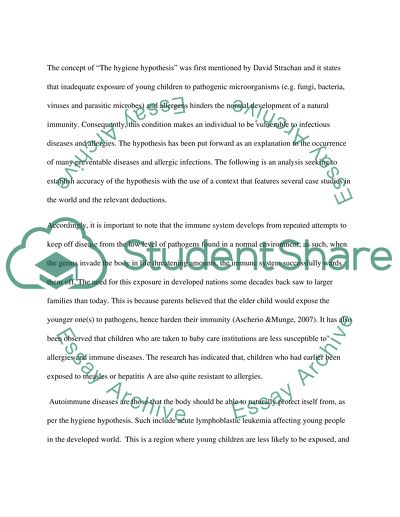Cite this document
(“The Hygiene Hypothesis Essay Example | Topics and Well Written Essays - 1000 words”, n.d.)
Retrieved from https://studentshare.org/biology/1433450-the-hygiene-hypothesis
Retrieved from https://studentshare.org/biology/1433450-the-hygiene-hypothesis
(The Hygiene Hypothesis Essay Example | Topics and Well Written Essays - 1000 Words)
https://studentshare.org/biology/1433450-the-hygiene-hypothesis.
https://studentshare.org/biology/1433450-the-hygiene-hypothesis.
“The Hygiene Hypothesis Essay Example | Topics and Well Written Essays - 1000 Words”, n.d. https://studentshare.org/biology/1433450-the-hygiene-hypothesis.


